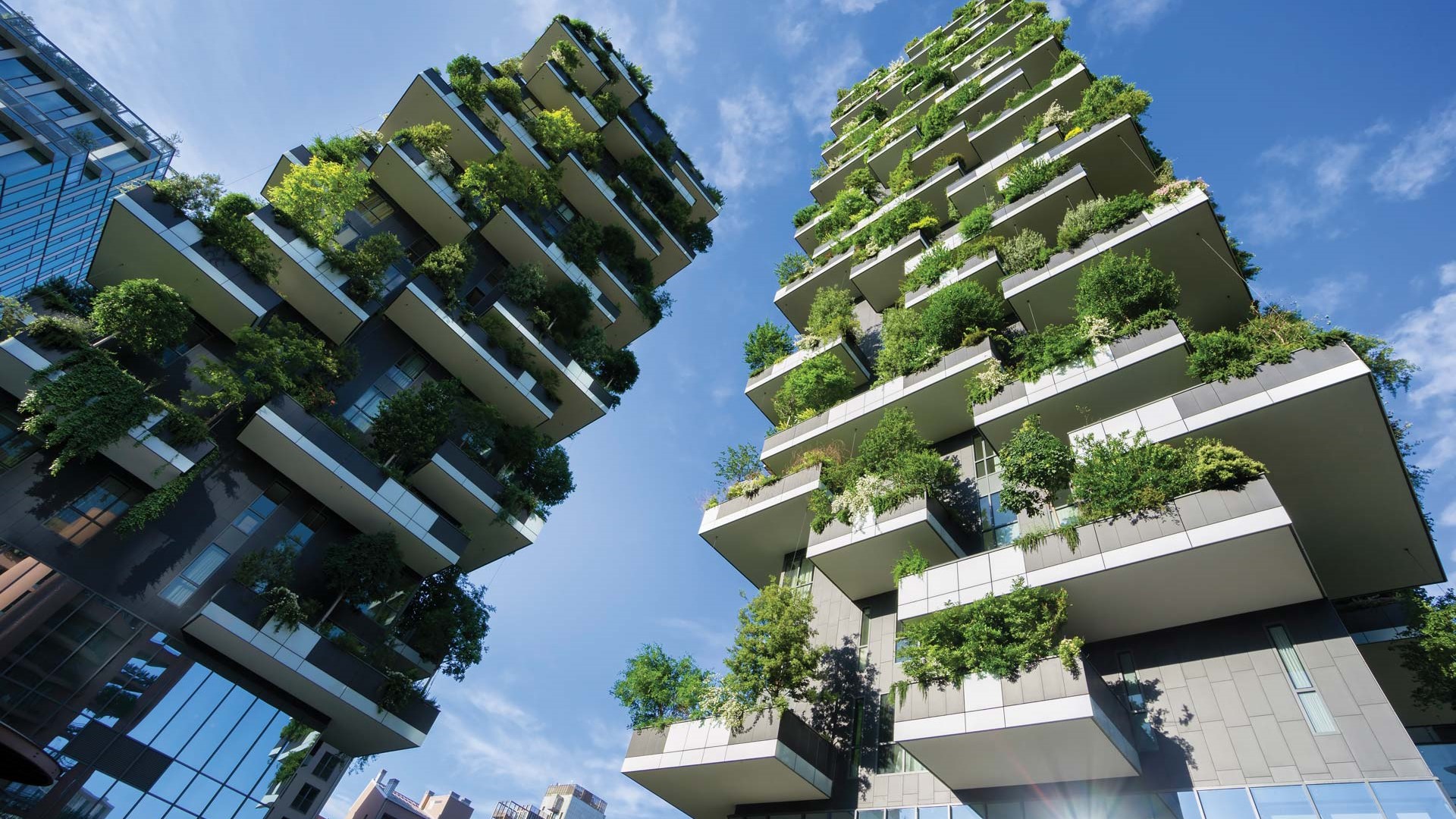In the era of sustainability, the paradigm of construction and architecture is experiencing a transformative shift towards Performance Buildings. These innovative structures are not merely bricks and mortar; they are dynamic entities designed to maximize resource efficiency. This article delves into the unique realm of Performance Buildings, exploring how they are redefining the way we utilize resources and paving the way for a more sustainable future.

Performance Buildings Unveiled: Beyond Traditional Structures
Performance Buildings go beyond the conventional definition of structures; they are architectural marvels designed with a focus on achieving optimal resource efficiency. From energy consumption to water usage, these buildings are meticulously crafted to perform at peak efficiency, minimizing environmental impact and maximizing functionality.
The Energy Efficiency Symphony: Harmonizing with the Environment
At the heart of Performance Buildings is the commitment to energy efficiency. This involves the integration of cutting-edge technologies, such as smart sensors, advanced insulation, and energy-efficient HVAC systems. These buildings become a symphony of sustainable energy practices, reducing reliance on traditional power sources and lowering carbon footprints.
Solar Integration: Harnessing the Power of the Sun
Performance Buildings leverage the abundant and renewable resource of solar energy. Solar panels, strategically placed on rooftops or integrated into building materials, capture sunlight and convert it into clean electricity. This not only reduces reliance on the grid but also contributes to a more sustainable and resilient energy infrastructure.
Smart Building Technologies: The Brainpower Behind Efficiency
Smart building technologies serve as the brains behind the brawn of Performance Buildings. Automated systems for lighting, heating, ventilation, and air conditioning (HVAC) optimize energy usage based on real-time occupancy and environmental conditions. Machine learning algorithms fine-tune these systems over time, ensuring continuous improvement in resource efficiency.
Water Efficiency Strategies: From Rainwater Harvesting to Greywater Recycling
Water scarcity is a global concern, and Performance Buildings address this by incorporating innovative water efficiency strategies. Rainwater harvesting systems capture and store rainwater for non-potable uses, such as irrigation and flushing toilets. Greywater recycling further minimizes water wastage, creating a closed-loop system that conserves this precious resource.
Green Building Materials: Sustainability from Foundation to Finish
The construction industry is notorious for its environmental impact, but Performance Buildings challenge this norm by prioritizing green building materials. From recycled steel and reclaimed wood to energy-efficient glass, these materials contribute to a more sustainable construction process. The use of eco-friendly materials not only reduces the environmental footprint but also creates healthier indoor environments.
Urban Green Spaces: A Breath of Fresh Air in Concrete Jungles
Performance Buildings extend beyond their physical structures to incorporate urban green spaces. Rooftop gardens, vertical green walls, and communal green areas not only enhance the aesthetic appeal but also improve air quality, provide habitat for biodiversity, and offer spaces for residents to connect with nature in urban environments.
Life Cycle Assessment: The Holistic Approach to Sustainability
Performance Buildings embrace a holistic approach to sustainability through Life Cycle Assessment (LCA). This involves evaluating the environmental impact of a building from its construction to its operation and eventual decommissioning. By considering the entire life cycle, including material sourcing, energy use, and end-of-life considerations, these buildings ensure a comprehensive approach to resource efficiency.
Occupant Health and Productivity: The Human-Centric Impact
Beyond resource efficiency, Performance Buildings prioritize the well-being and productivity of their occupants. Indoor air quality, natural lighting, and thermal comfort are carefully optimized to create environments that enhance the physical and mental health of residents or employees. This human-centric approach not only contributes to a higher quality of life but also boosts productivity and satisfaction.
Resilience in the Face of Climate Change: Adapting to Uncertainties
As climate change introduces uncertainties in weather patterns and environmental conditions, Performance Buildings are designed with resilience in mind. From climate-responsive facades to flood-resistant construction, these buildings adapt to changing conditions, ensuring their continued efficiency and functionality in the face of a dynamic climate.
Economic Benefits: Beyond Environmental Impact
Performance Buildings not only contribute to a greener planet but also offer economic benefits. Reduced energy bills, lower maintenance costs, and increased property values are tangible advantages for building owners and occupants. Additionally, government incentives and certifications for sustainable buildings further enhance the economic attractiveness of Performance Buildings.
Community Integration: A Catalyst for Sustainable Lifestyles
Performance Buildings extend their impact beyond their individual structures, becoming catalysts for sustainable lifestyles within communities. They inspire awareness and engagement, fostering a culture of resource efficiency and environmental consciousness. Community gardens, shared energy systems, and collaborative initiatives amplify the positive impact of Performance Buildings.
Conclusion: Pioneering a Sustainable Tomorrow with Performance Buildings
In conclusion, Performance Buildings are at the forefront of redefining resource efficiency in construction and architecture. These dynamic structures harmonize with the environment, leveraging energy-efficient technologies, sustainable materials, and innovative design strategies. As we strive towards a more sustainable future, Performance Buildings stand as beacons of inspiration, showcasing the potential for structures that not only meet our functional needs but also tread lightly on the planet. They represent a paradigm shift towards a built environment where efficiency and sustainability coalesce, setting the stage for a brighter and more environmentally conscious tomorrow.